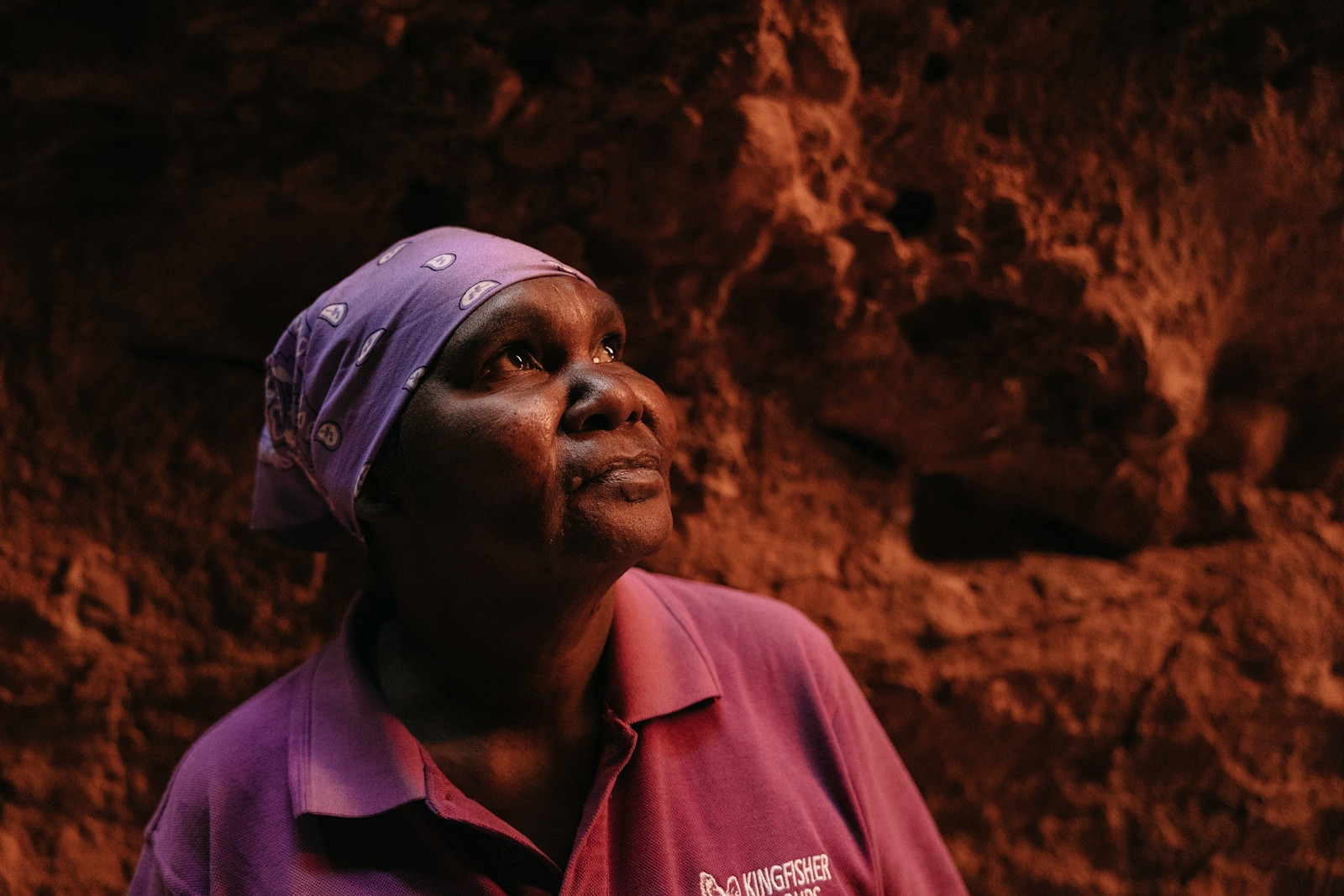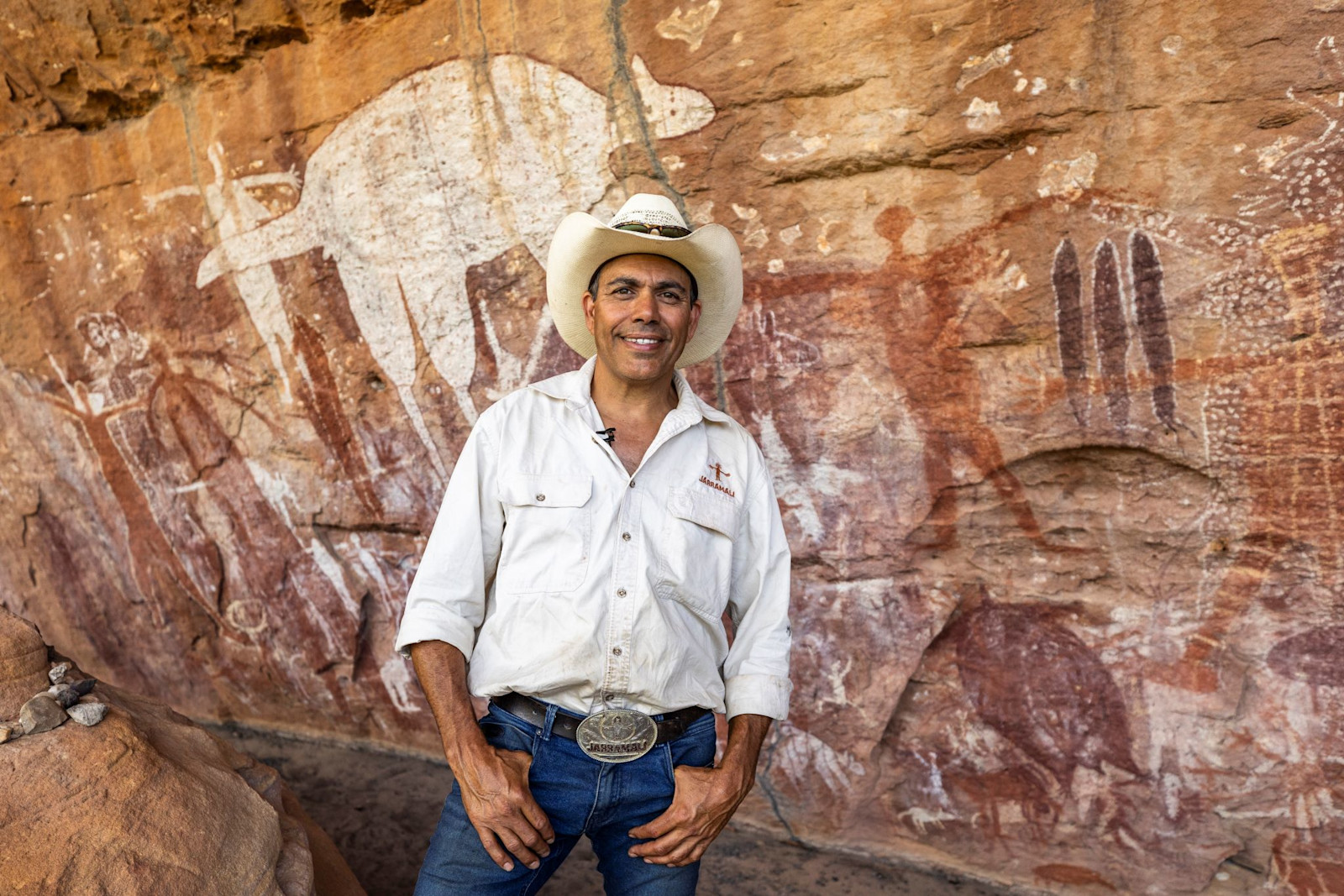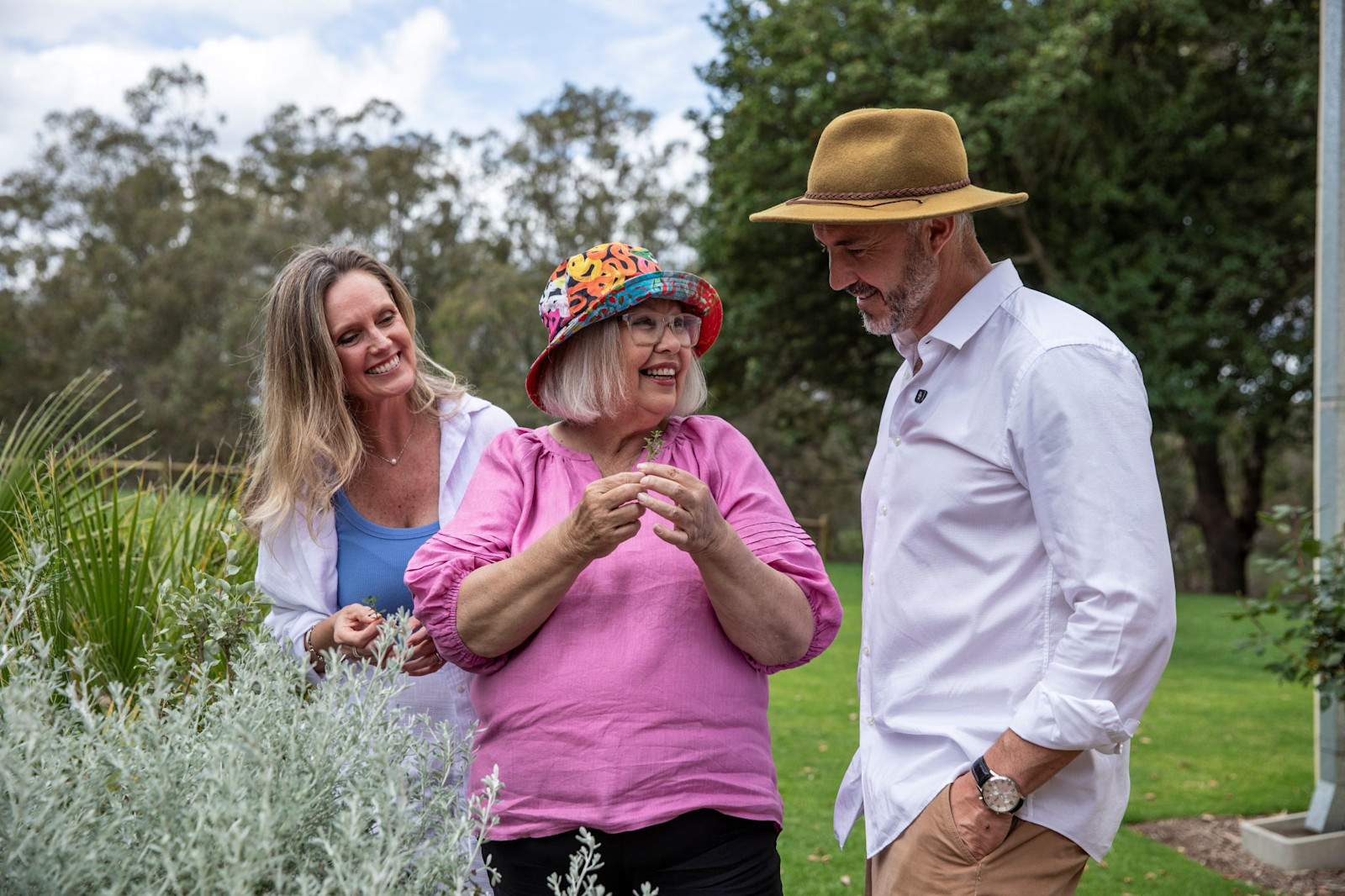Guide to the witchetty grub in Aboriginal cultures
Indigenous communities around Australia recognise that grubs, grasshoppers, ants, crickets and other insects are packed full of protein and flavour. Here’s why native witchetty grubs have become so important to the Indigenous diet.

Karrke Aboriginal Cultural Experience & Tours, Watarrka National Park, NT © Tourism Australia
What are witchetty grubs?
“They’re soft, like a marshmallow, but kind of taste like popcorn or scrambled eggs,” says Natasha Abbott of the witchetty grub. A cultural tour guide with Karrke Aboriginal Cultural Experience & Tours, operating on the outskirts of Kings Canyon, Natasha and her fellow guides introduce you to the native flavours of the Northern Territory on their tours – including fat, white and juicy witchetty grubs. “Adnyamathanha people of South Australia's Central Desert call them witjuri,” says Natasha.
This bush tucker staple is the larvae of the cossid wood moth, and it lives in the roots of the witchetty bush that thrives in Central Australia. It’s packed with protein and is often eaten raw, but it’s also tasty when cooked on hot ashes or barbecued to crisp up the skin.
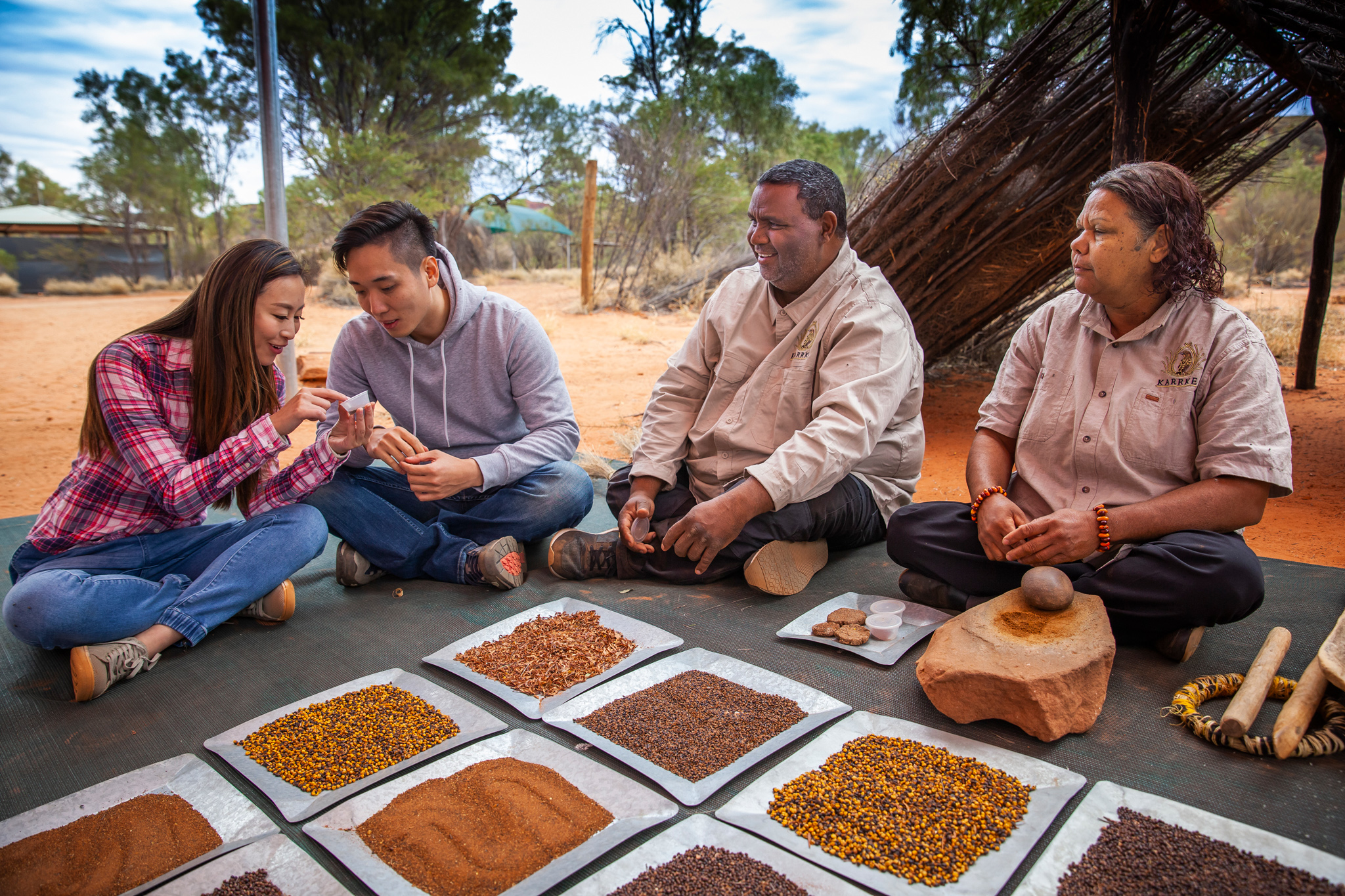
Karrke Aboriginal Cultural Experience & Tours, Watarrka National Park, NT © Tourism Australia
Why are witchetty grubs significant to Aboriginal culture?“
Witchetty grubs are not only full of flavour, but are an incredibly important source of nutrition for Indigenous Australians who live in desert areas like the Red Centre, where energy-rich foods are scarce. Traditionally, Aboriginal women and children look for cracks in the soil around the witchetty bush, then dig around the roots of the plant to find the grubs – not all roots have them. “We’ve been eating them for generations,” says Natasha. “In recent years we’ve seen a growing demand for eating insects like this, particularly as they have such a high protein contact but low impact on the land.”
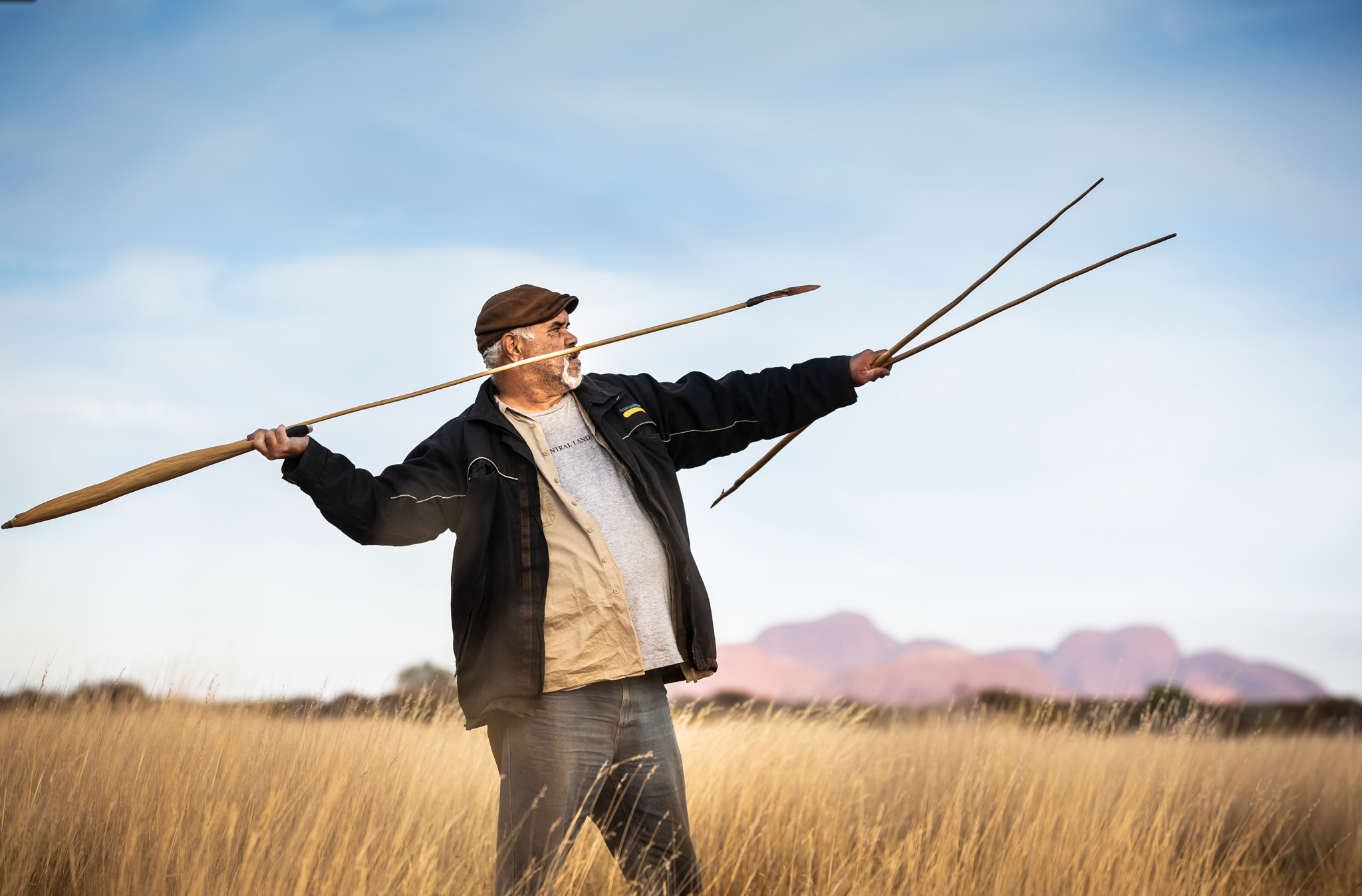
SEIT Australia’s Patji tour guide, Sammy Wilson, throwing a spear in Uluru, NT © Tourism Australia
Where can I taste witchetty grubs?
Head to the Central Desert region of the Northern Territory to not only learn how to forage for witchetty grubs with Karrke, but also taste one – or a couple if you develop a taste for this delicacy. The team give you the chance to munch on it raw, getting the full flavour and gooey texture. But you can also opt to try it cooked in the coals and sand of a campfire. SEIT Patji offers cultural tours around Uluru, and if you’re in luck you’ll also have the chance to dig up a grub for a protein hit.
